What is a mind map?
Mind mapping is a practical technique for presenting and organizing information in a creative way. A mind map displays information visually. It consists of a main topic or subject that is located at the center of the map, and related topics and ideas that branch out from the central theme. The branches connect and spread in all directions. A mind map creates a picture in a learner’s brain where everything is interconnected. Mind mapping is similar to the way our brains function and store information, because it conveys information hierarchically.
Why is mind mapping important?
Mind mapping is a tool that people can apply to solve all kinds of problems, whether in social studies, the sciences, business, or education. Presenting information with flashcards and bullet points can be dull, but mind mapping can develop your imagination and creativity. Furthermore, mind mapping can help you zoom out and see the big picture and how everything is connected. By understanding previous knowledge, you can connect it with new ideas. This increases creativity and productivity because it is the perfect way to generate new ideas, identify how information is connected, and improve memory and retention. As you can imagine, this technique is especially useful for decluttering the brain or developing ideas, projects, new products or services, or fixing problems.
How do you create a mind map?
Mind maps are easy to create, whether on a computer or whiteboard. You can draw an outline on a piece of paper, which can help with planning. There are also plenty of software programs such as Xmind, Mindmeister, and iMindQ that can make it easy to create a mind map on a computer.
If you want to make a mind map, the first step is to find a central topic. The aim is to elaborate and explore the main topic with a number of subtopics—just think of a tree and its branches.
Next, you need to identify subtopics. These are an integral part of the mind map because they define and explain important aspects of your main topic. Using this basic structure of topics and subtopics, you can add as many branches as you want. To enhance the engagement of your mind map, consider incorporating dynamic techniques, such as creating a slideshow with techniques like sequencing and visual transitions using software.
After you have expanded on the central topic, you can expand on the subtopics. You can use one or two keywords for the main idea, and a number of words for the subtopics. The next step is to elaborate on the subtopics. This will make the mind map complete and meaningful. If you do not explain them clearly, your mind map will seem incomplete and will lose its impact. When you focus on every detail, the reader is able to see how everything connects together and relates back to the main idea in the center.
A mind map can become more powerful if you choose the right design elements. Using different fonts and colors for the subtopics can make it unique and striking in the mind of the reader. The aim is not to make it attractive, but to make it stick in people’s memory. Colors are easier to remember than words, therefore we retain information better if we connect words with colors. After you do this, it is advisable to add images and symbols to the content. As we’ve said, visuals can provide a greater benefit for the brain. They become associated with certain concepts and ideas, which allows us to recall information better.
Mind mapping examples for students and teachers
-
When I grow up
The aim of education is to prepare students for their future by equipping them with skills that help them make progress. School also helps to ignite students’ passion for various professions. Teachers might use a mind map to encourage students to set goals for when they grow up. This way, they can think critically about the steps they need to take to reach their aims and goals for the future.
-
Writing an essay
Throughout education, at every level, essays are part of many subjects. They are even included in exams. Essays can develop students’ creative skills and can make them think critically. Essays are a perfect tool for reflecting students’ inner world and help them get to know themselves better. Writing can also help students develop their critical thinking ability. Teachers can use mind maps to help students expand on essay topics. They are a perfect tool for students to brainstorm an introduction, a thesis statement, their analysis and opinions, and how they want to conclude.
-
Language for beginners
No matter your age, when it comes to learning a new language, every student has to get familiar with the basic elements of any second language. Mind mapping can help consolidate key terms, whether tenses, colors, numbers, etc. This can be a good way to start teaching any new language.
-
Exam preparation
When students reflect their thoughts into a visual illustration, they can improve their knowledge and memory. This means they don’t have to feel a sense of urgency and procrastination when it comes to exams. Key lectures, notes, timeframes, and available resources can be brainstormed into a mind map to make them simple and easy to understand.
-
Life Planner
If we practice mind mapping, it can turn into a good habit that we can use as a tool to organize our studies and make us more efficient. Mind mapping templates can do the trick. By representing events, plans, situations, and strengths and weaknesses graphically, it can be easier to develop a cognitive approach for a better quality of life.
Conclusion
To conclude, mind mapping techniques can have a positive impact on our everyday lives. Everyone can learn how to mind map through software that provides a wide variety of features for users. This creative technique can help us brainstorm ideas, take notes, and solve problems of any kind in the sciences or social studies. It can help with studying and memorization, better planning, and presenting information more effectively. Mind maps give us the opportunity to have a better grasp of complex subjects because they can stimulate both creative and logical thinking, and encourage ideas and thoughts to flow freely. Finally, if you use them the right way, mind maps will improve critical and creative thinking, which will allow you to solve your problems more efficiently.
Note: This article includes affiliate links.
References:
- “10+ Creative Mind Mapping Examples for Students.n.d.” Wondershare Draw MindMaster. https://www.mindmaster.io/article/mind-mapping-examples-students.html.
- “Benefit From The Mind Mapping Concept In 3 Minutes. n.d.” Mind/MapsUnleashed. https://mindmapsunleashed.com/the-mind-mapping-concept.
- Brandner, Raphaela. 2020. “15 Creative Mind Map Examples for Students.” Focus. October 25, 2020. https://www.mindmeister.com/blog/students-guide-to-mind-mapping/.
- Bryan. 2016. “How to Create a Mind Map: A Practical Guide.” Become a Writer Today, August 6, 2020. https://becomeawritertoday.com/mind-mapping/.
- Cunnah, Louise. 2020. “6 Mind Mapping Examples for Students and Teachers.” AYOA. January 24, 2020. https://www.ayoa.com/ourblog/6-mind-mapping-examples-for-students-and-teachers/.
- “How to Make a mind Map In 8 Steps.” n.d. iMindQ. https://www.imindq.com/resources/get-started/how-to-make-a-mind-map.
- “What is Mind Mapping? (And How to Get Started Immediately).” Litemind. August 7, 2007. https://litemind.com/what-is-mind-mapping/#:~:text=A%20mind%20map%20is%20a,power%20lies%20in%20its%20simplicity.
- Tanguay, Matt, and Leon Ho. 2010. “How to Mind Maps to Visualize Ideas (With Mind Map Examples).” Lifehack. September 28, 2012. https://www.lifehack.org/articles/work/how-to-mind-map-in-three-small-steps.html.

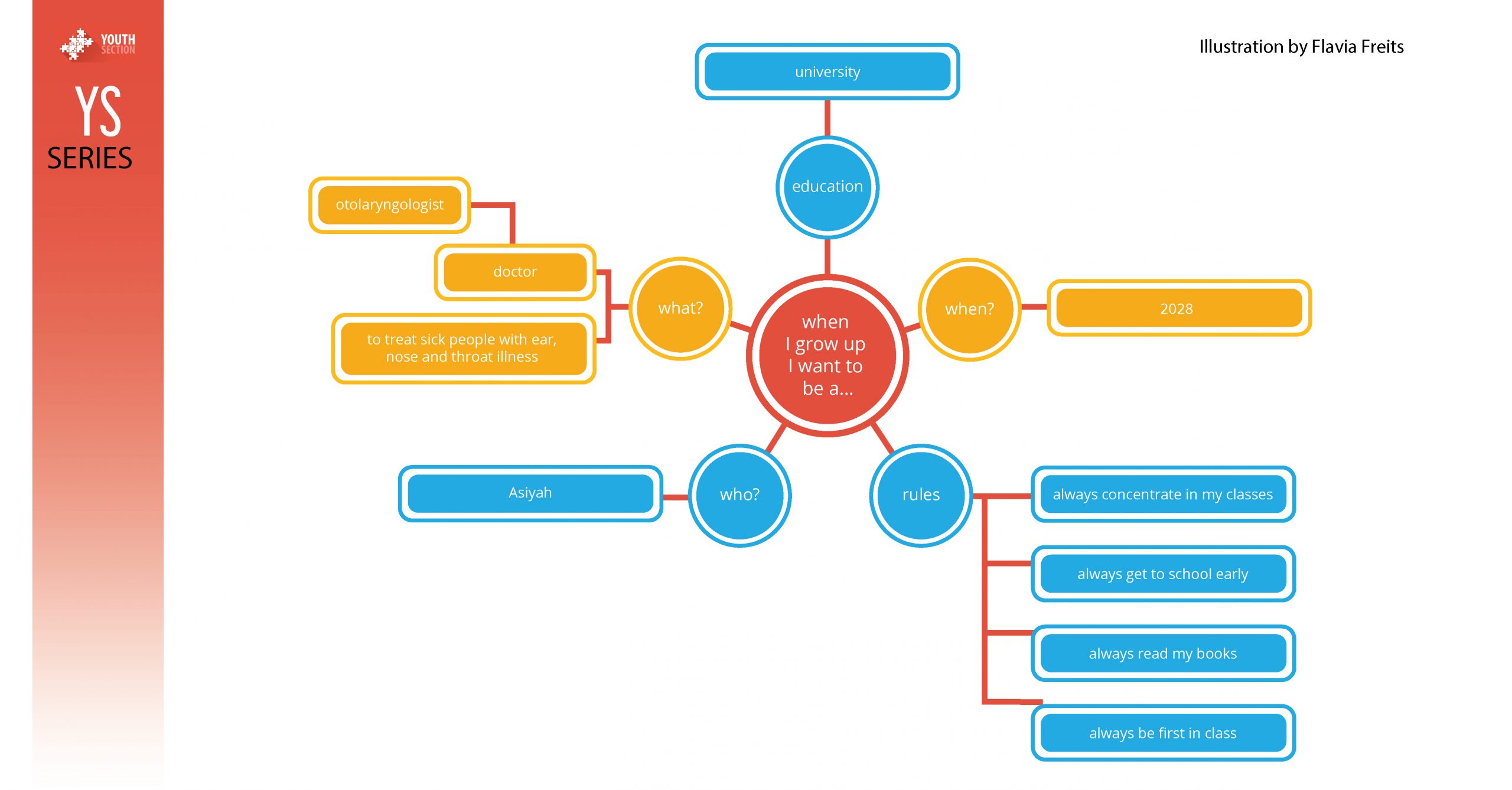
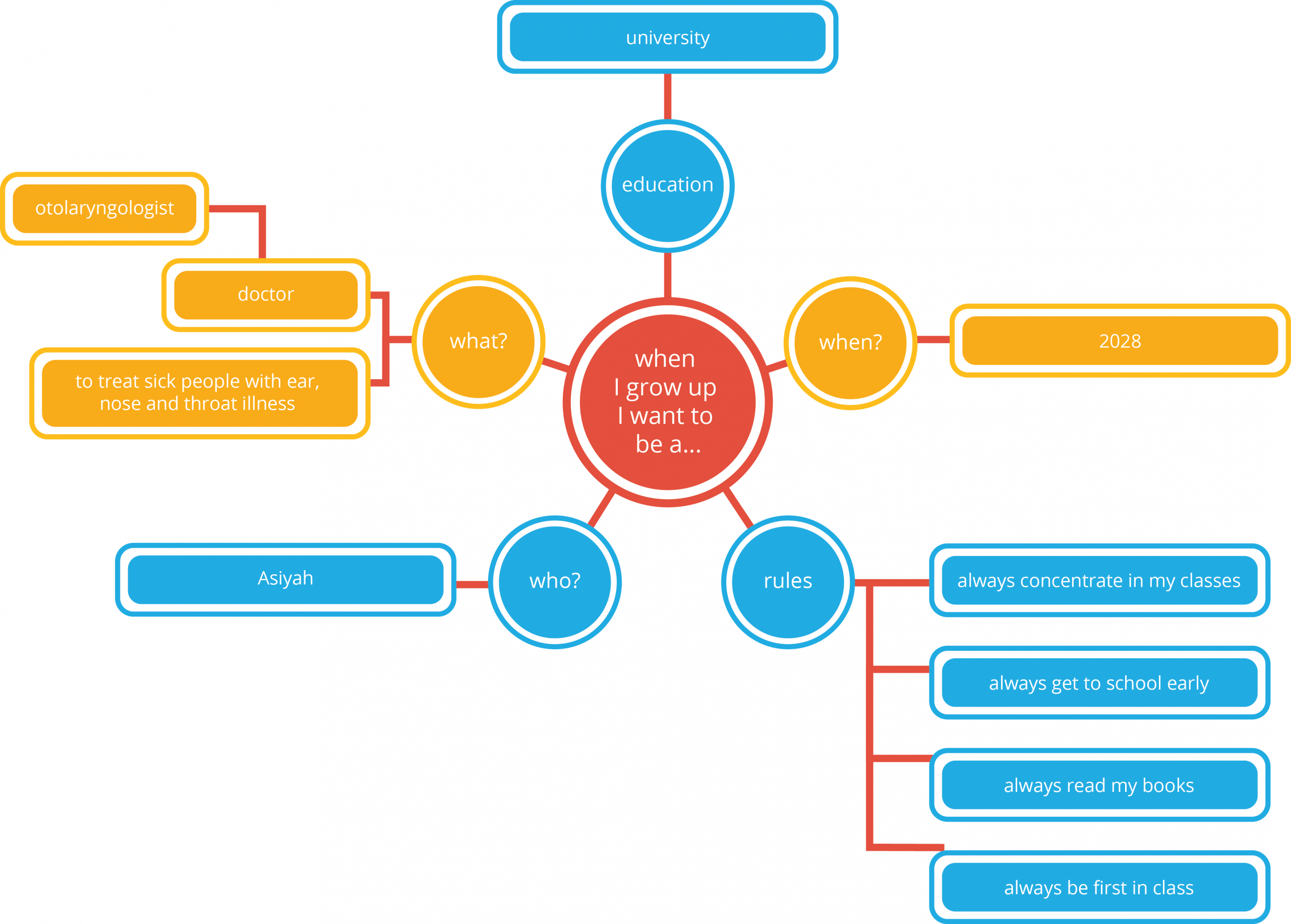



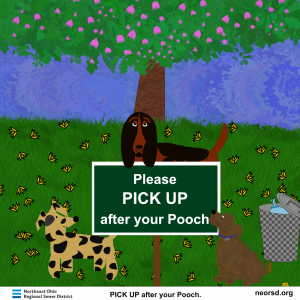
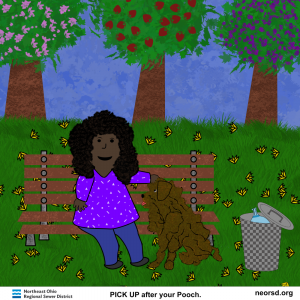
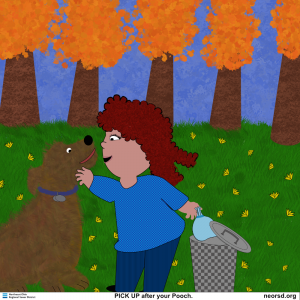
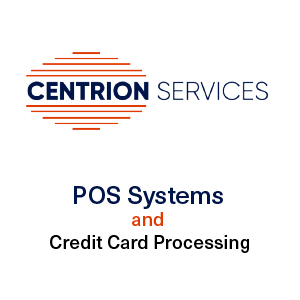















1 thought on “How to Create Your Own Mind-Mapping Techniques for Any Subject”
I have been browsing online more than three hours
these days, but I by no means discovered any fascinating article like
yours. It’s pretty value enough for me. Personally,
if all website owners and bloggers made just right content as you
did, the net can be a lot more helpful than ever before.